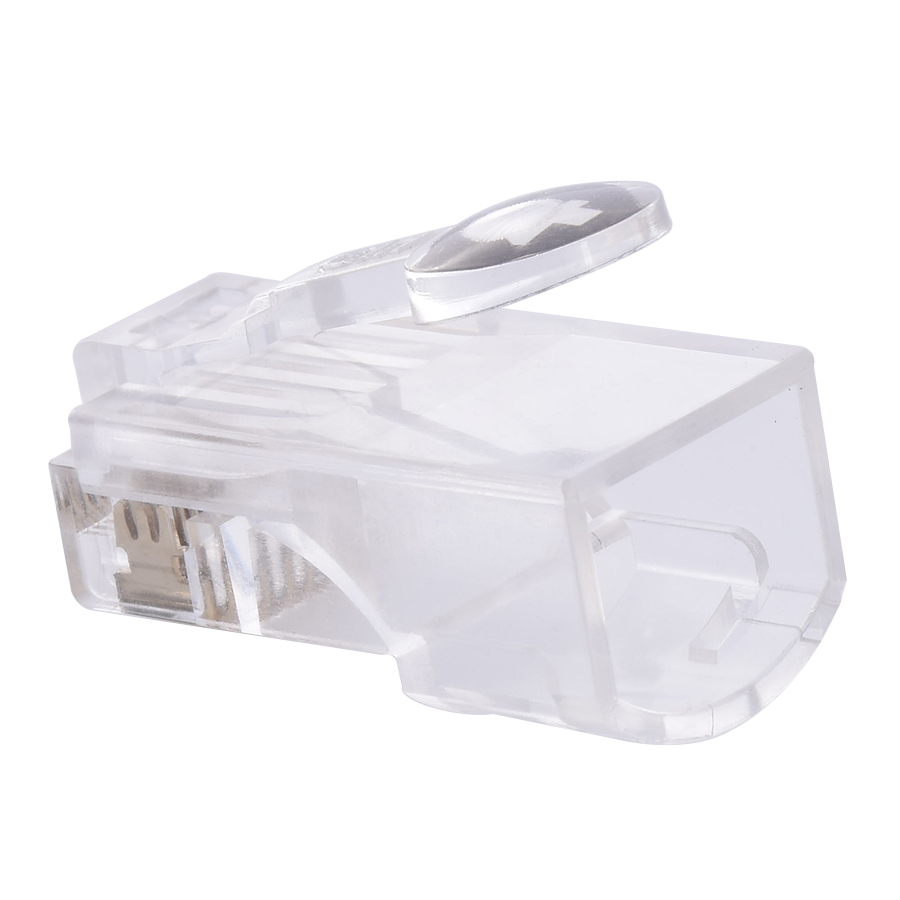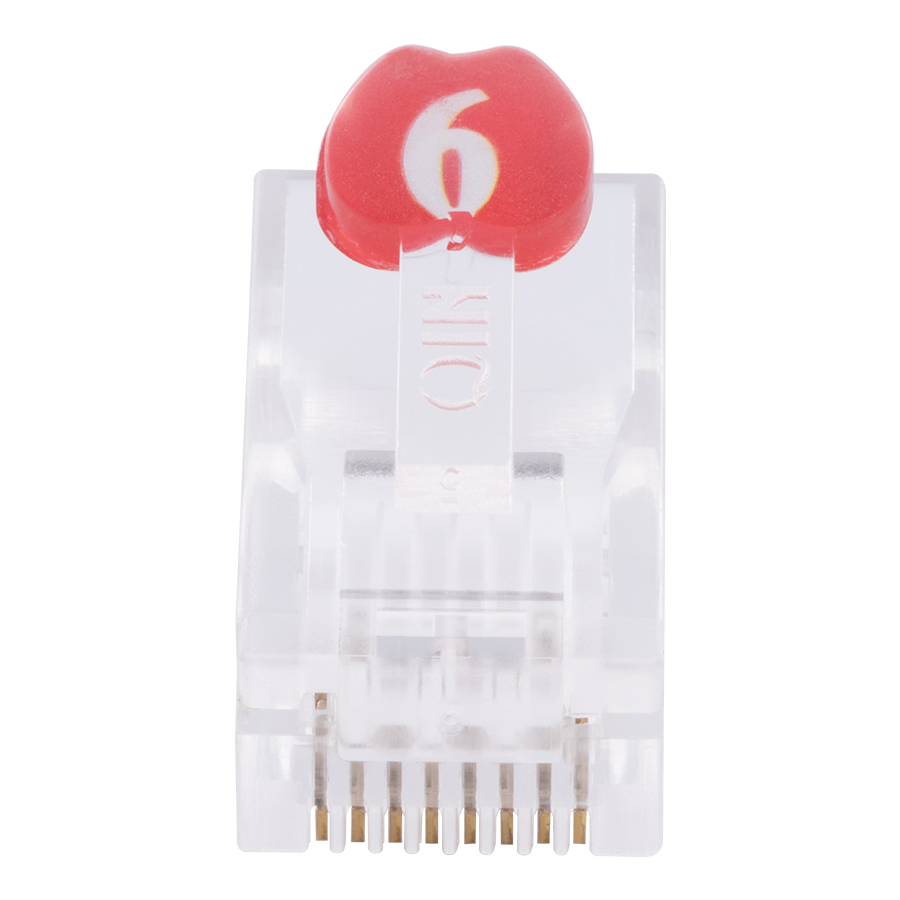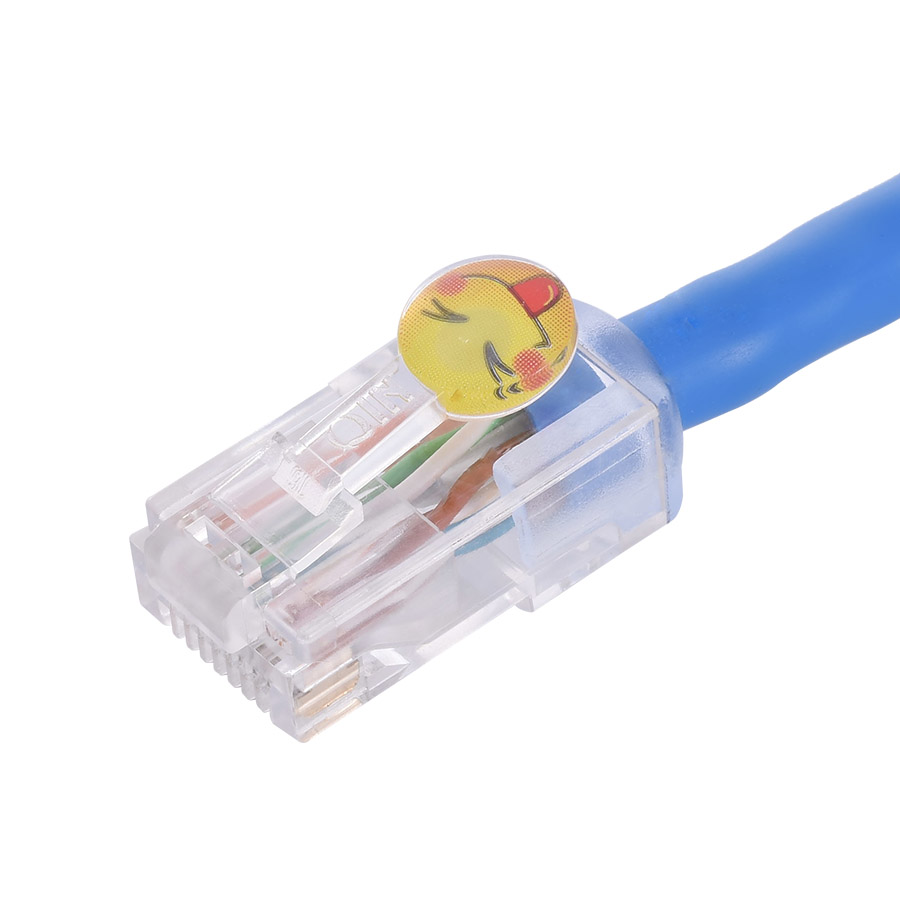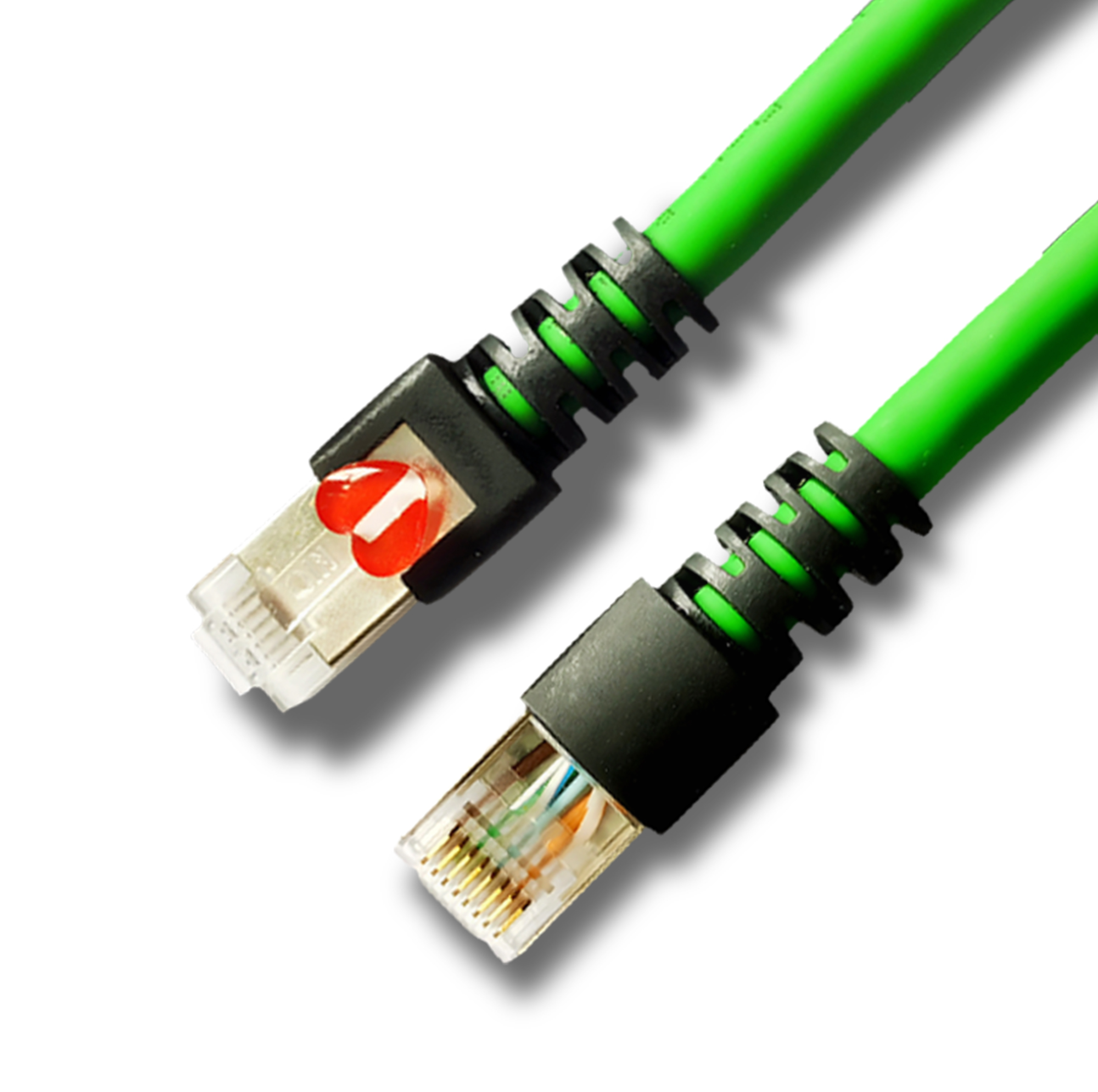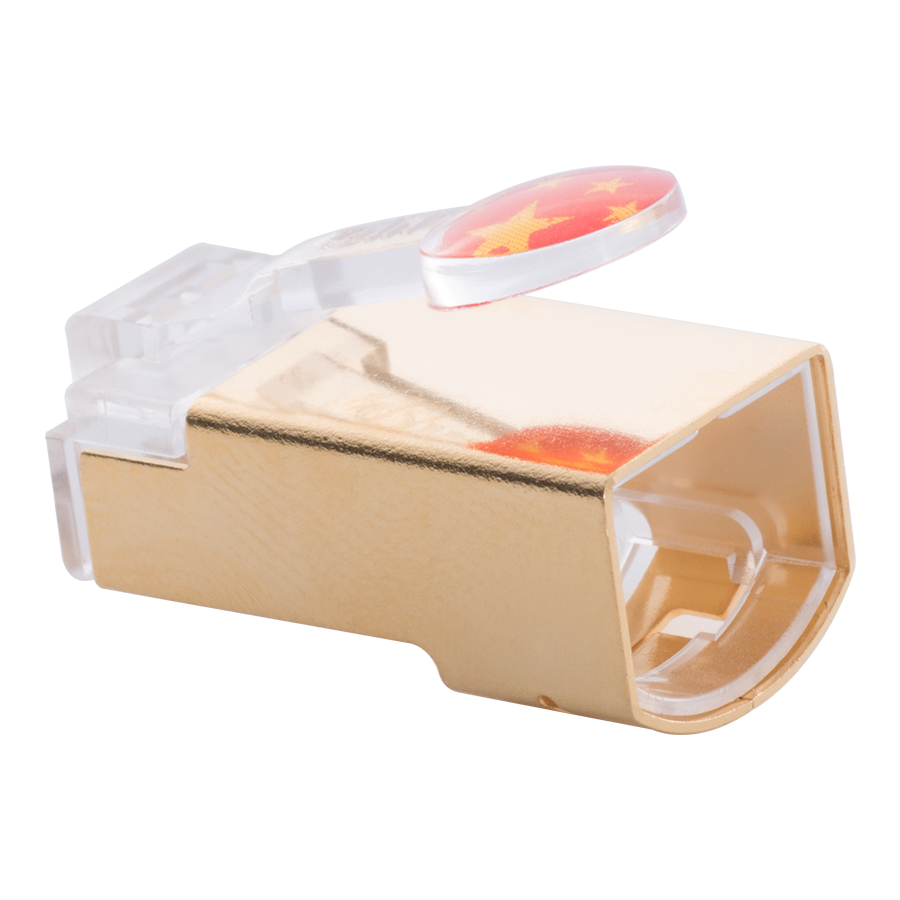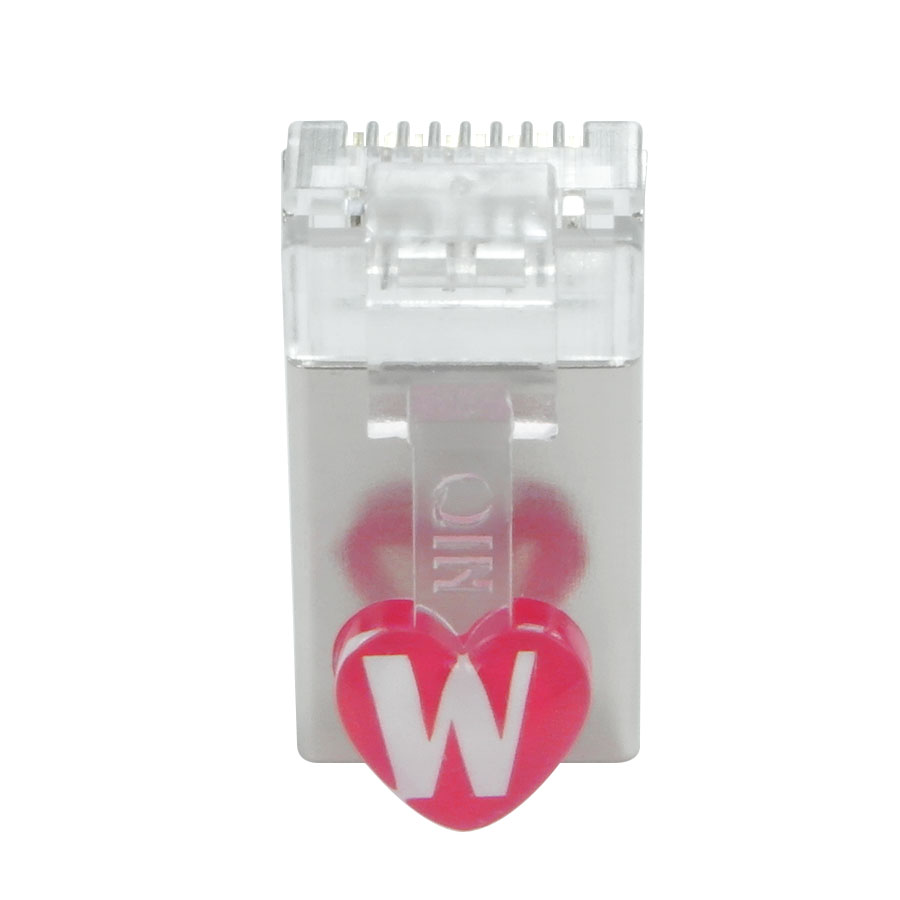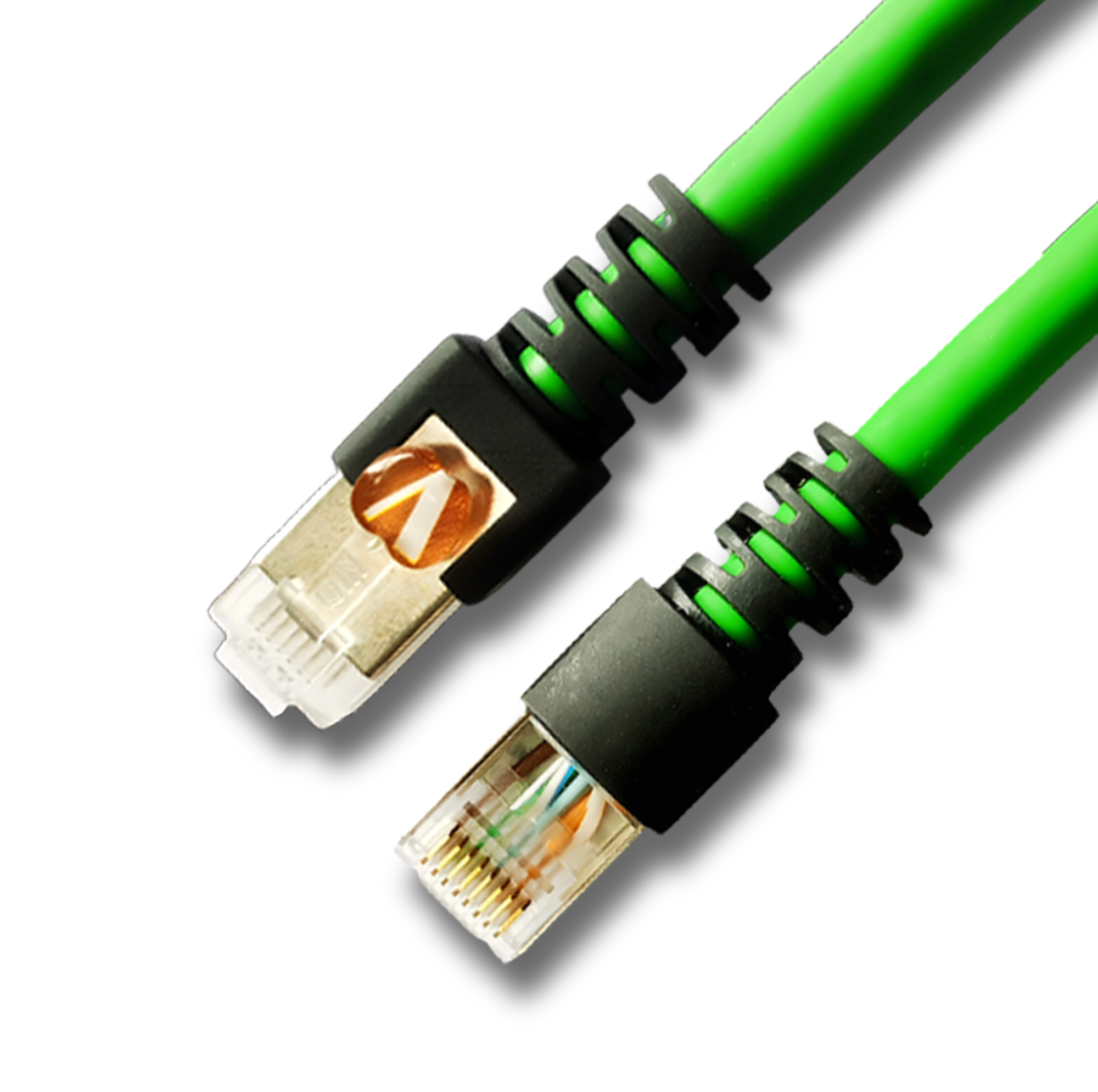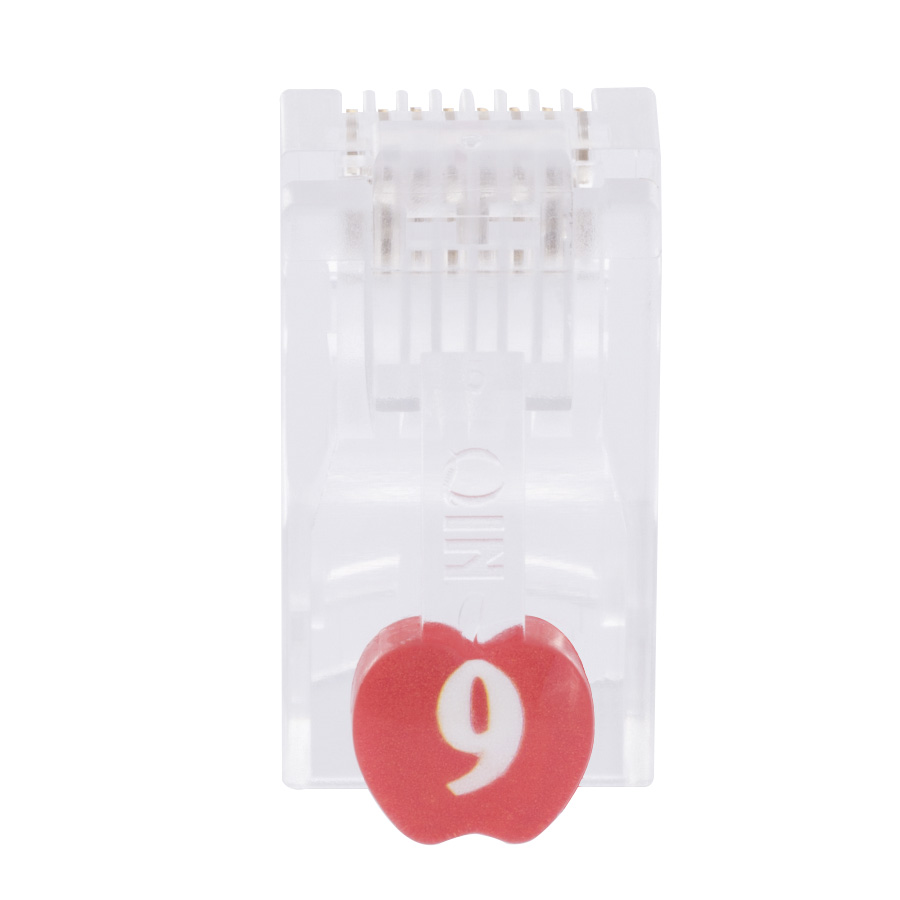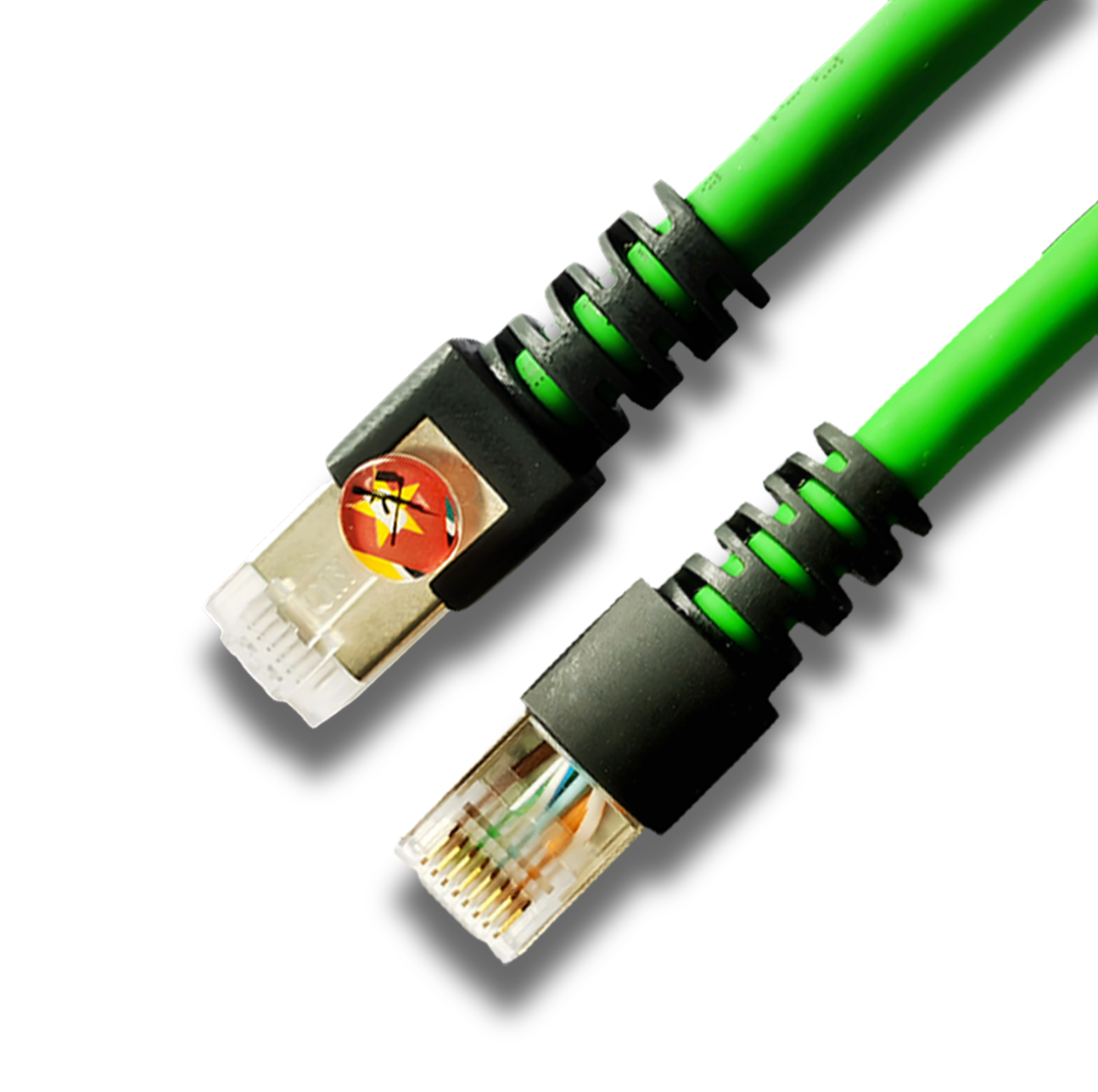- Language
Network Patch Cord Length Chart
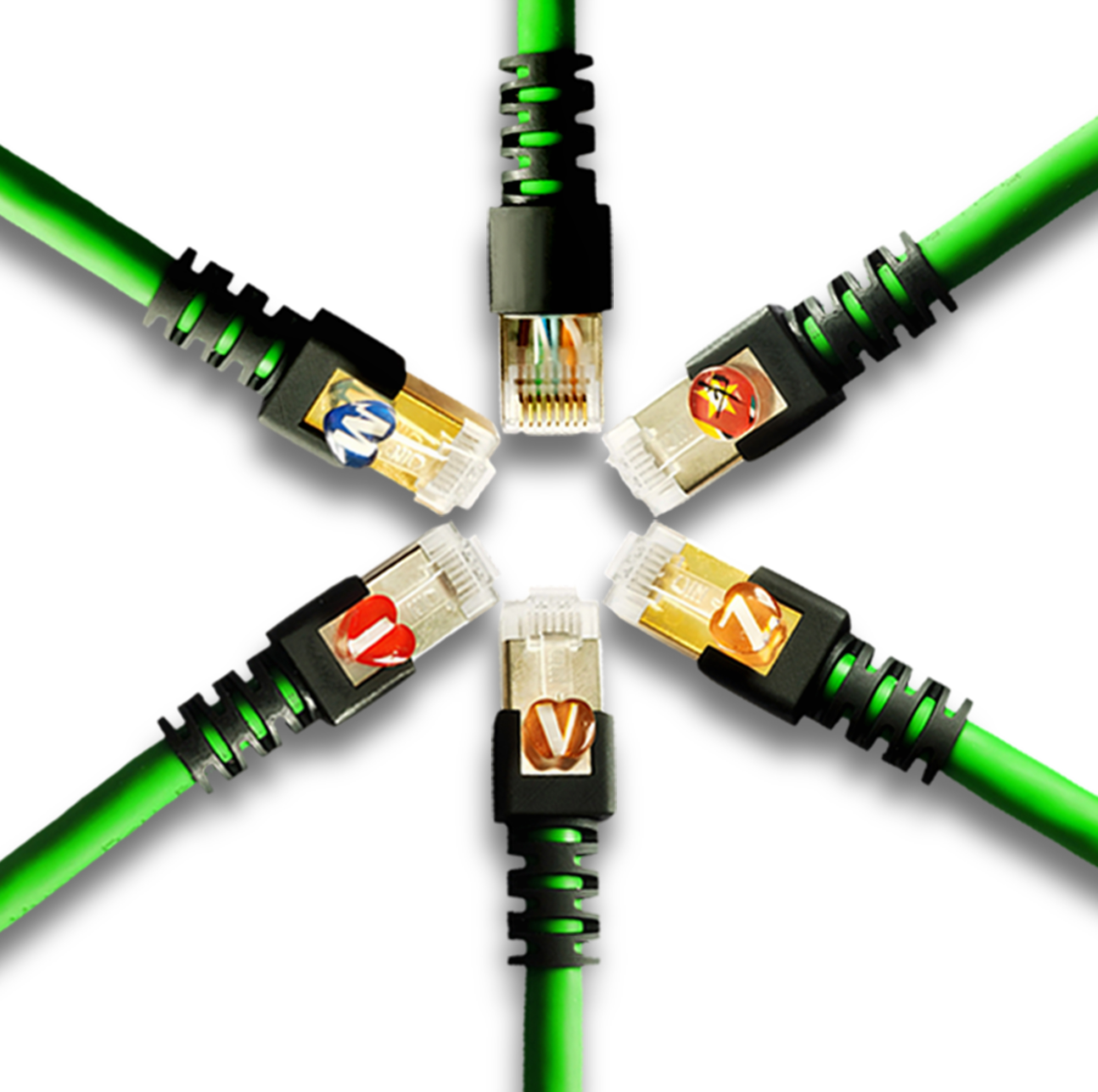
A network patch cord length chart is an invaluable resource for network administrators, installers, and enthusiasts. It provides detailed information about the available lengths of network patch cords, along with their corresponding performance characteristics and suitable applications. Understanding and using a network patch cord length chart correctly can help ensure proper cable selection, efficient cable management, and optimal network performance.
The chart typically lists a range of standard patch cord lengths, starting from very short lengths of a few inches and extending up to longer lengths of several hundred feet. Short - length patch cords, usually ranging from 6 inches to 3 feet, are commonly used for connections within network racks or cabinets. In a densely populated rack, short patch cords help minimize cable clutter and ensure a neat and organized cable layout. They are ideal for connecting devices that are in close proximity, such as servers to switches or patch panels to switches. These short lengths also reduce the risk of signal loss and interference, as the electrical signal has less distance to travel.
Medium - length patch cords, typically from 3 feet to 25 feet, are more versatile and find applications in a variety of scenarios. In an office environment, they can be used to connect desktop computers, laptops, printers, and other devices to network switches or wall - mounted Ethernet jacks. They offer enough length to route the cables neatly along walls, under desks, or through cable management systems while still maintaining good signal quality. Medium - length patch cords are also commonly used in home networks for similar purposes, such as connecting smart TVs, gaming consoles, and home routers.
Long - length patch cords, usually 25 feet and above, are designed for applications where devices are located further apart. In large - scale buildings, such as campuses, warehouses, or multi - floor offices, long - length patch cords can be used to connect different network segments or to extend network connections over longer distances. However, it's important to note that as the length of the patch cord increases, the potential for signal loss, interference, and reduced performance also increases. Different cable categories, such as Cat6, Cat6A, Cat7, and Cat8, have varying maximum recommended lengths for maintaining specific data transfer rates. For example, a Cat6 patch cord can support 1 Gigabit per second (1 Gbps) over up to 100 meters, but for 10 Gigabit per second (10 Gbps), the maximum length may be reduced to 55 meters.
In addition to the physical length, a network patch cord length chart may also include other relevant information, such as the cable category, shielding type (if applicable), and compatibility with different network devices. This comprehensive information helps users make informed decisions when selecting the appropriate patch cord for their specific networking needs. By referring to the length chart, network professionals can ensure that they choose the right length and type of patch cord, optimizing network performance, reducing the risk of connectivity issues, and streamlining cable management processes.
Read recommendations:
